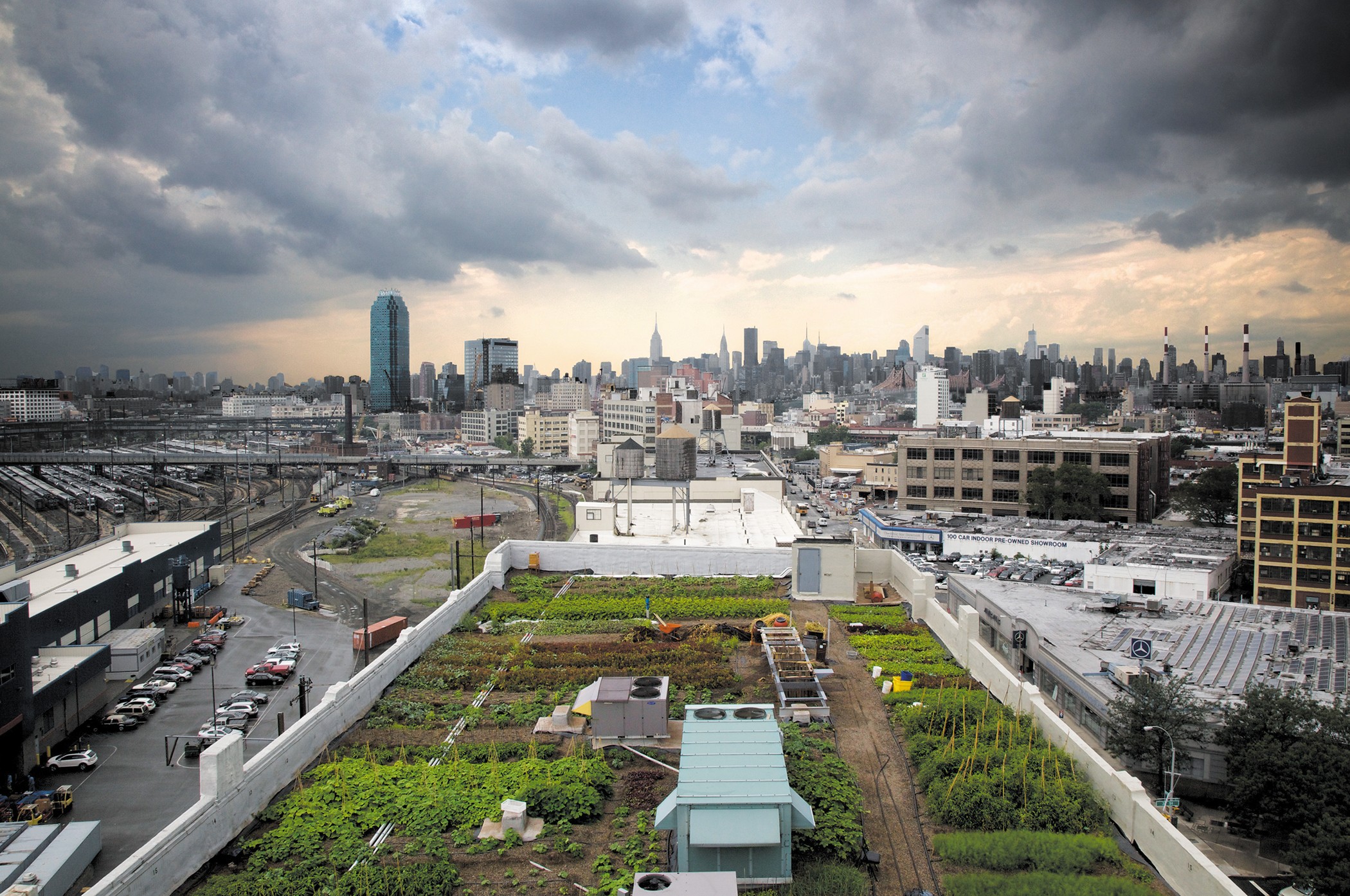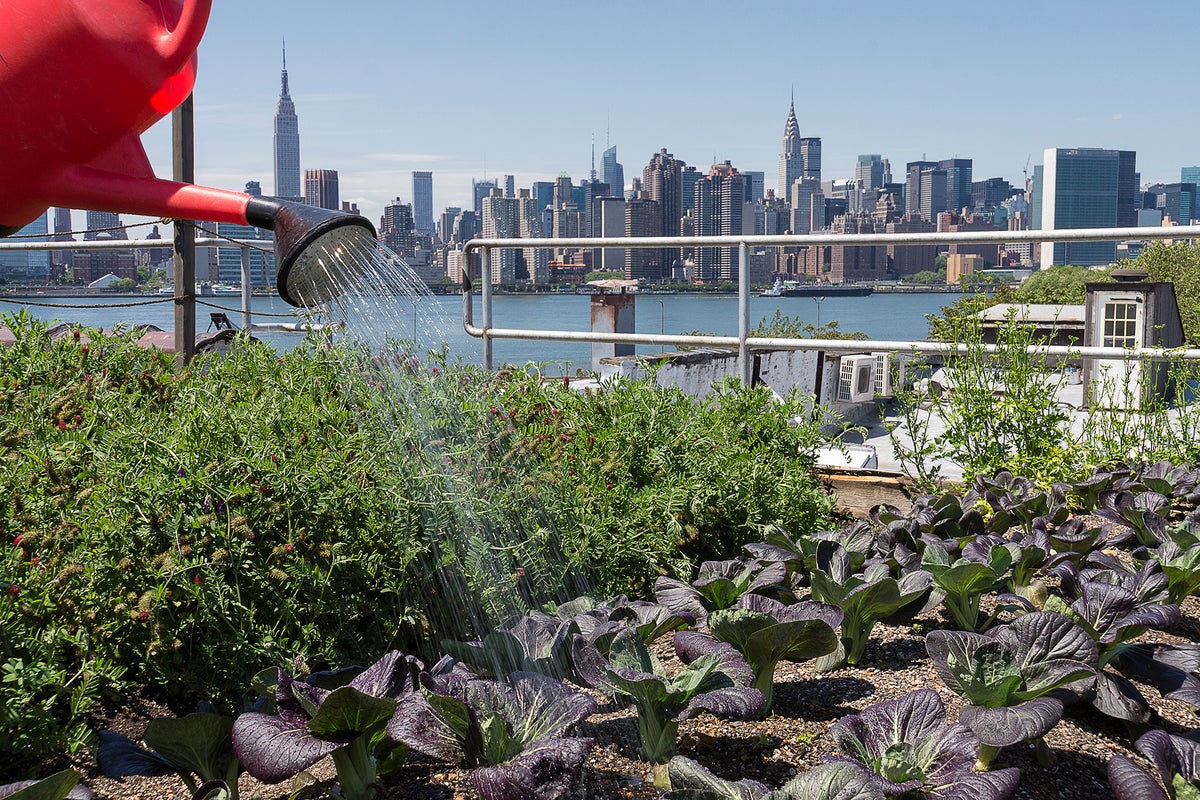Things about City Blooming
Things about City Blooming
Blog Article
The City Blooming Diaries
Table of ContentsGet This Report about City BloomingCity Blooming Fundamentals ExplainedThe Main Principles Of City Blooming Getting The City Blooming To WorkA Biased View of City Blooming

As you walk the roads of the Bronx, Southside Chicago or East Oakland, you may see have even seen huge plots of ripening fruits and vegetables being gathered. However, what precisely are urban farms and area yards? Are they different? If so, how? And more significantly, exactly how can you sustain them? Urban agriculture, city farming, or city horticulture is the technique of growing, handling and dispersing food in or around city areas.
Typically, urban farming as a method is a larger financial investment than horticulture. There are plenty of extra hours spent into the trivial matters of farming, from the crop plan to the tending of your beds. This moment commitment takes on a whole new meaning once you understand the goal that is being functioned in the direction of and dedicated, specifically that of obtaining a plentiful return of crops to be eaten.
An area yard is a single parcel gardened jointly by a team of people. Neighborhood gardens use either specific or common plots on personal or public land while creating fruit, vegetables, and/or plants expanded for their attractive look. The fundamental model here is that a large group of individuals each add a fairly percentage of time to working their very own story, and receive the fruits of their labor because of this.
Getting My City Blooming To Work

, and area companies by aiding them establish and expand their very own gardens. The distinctions in between community yard and metropolitan ranch are nuanced, though in the end the same standard task takes placefood crop cultivation but within various organizational structures - fruit and vegtables.
Urban farms are generally more organization and innovation oriented, with the key function of optimizing yields and marketing fruit and vegetables. Commercial metropolitan farms are often targeted at increasing production on typically tiny land location with technologies in innovations such as tank farming, hydroponics, and greenhouses and may companion with a business kitchen to develop locally-produced value-added items such as jams and sauces.
Get This Report on City Blooming
The fruit and vegetables is generally expanded on a much smaller sized range and is taken home to consume at home or to share. By giving much required green spaces in penniless, concrete metropolitan areas, they permit for the advantages of yard horticulture to those lacking yards, and serve as excellent examples of self-organization and community activism.
Some area yards, commonly in urban locations, move right into expanding for business use while some metropolitan farms open up their land for even more socially conscious benefits. Regardless of how you specify and set apart the 2, they are both favorable forces for good in cities around America and the world.
As every one of Small Axe Peppers' hot sauces are sourced with peppers from area gardens, your acquisitions directly help fund these local jobs (https://businesslistingplus.com/profile/cityblooming/). So, participate in the transformation by.
A friend of mine recently commented in a discussion regarding horticulture that "It's fascinating, I've always thought that farming as a practice is rather like horticulture. There are similar facets to both do not you assume?" To the nonprofessional that remark from my buddy would have gone without much thought, it sounds sensible so why not take it thus? As I invested even more and even more time in my Urban Farming class I've come to understand that to state that horticulture is a small extension of agriculture would certainly be a bit of stretch.
A Biased View of City Blooming
They both focus on the care of plants for some objective that can be food, earnings or just the satisfaction of the craft. Additionally they both require a monetary financial investment on top of a time financial investment, something that a great deal of people in our rapid paced life do not have a great deal of - balcony and patio garden design.
We can see that the resemblances are abundant, yet are the distinctions enough to produce a difference? As a pupil at NYU I have the possibility to function with the leave It Better Structure, a group that teaches standard nourishment and horticulture to senior high school students. https://cityblooming.godaddysites.com/f/city-gardening-embrace-urban-greenery. This experience gave me an extensive venture into the globe of amateur gardening beyond what discover this most individuals have touched with
Farming as a technique is a bigger financial investment than horticulture. There are many a lot more hours invested into the trivial matters of farming, from the crop plan to the tending of your beds.
The typical gardener tackles his responsibilities as a job as opposed to a necessity and thus differentiates his or herself from the farmer. Nonetheless with this distinction in hand, they are both soothing and relaxing exercises that any individual can grab, which on its own should be an ad for both.
3 Simple Techniques For City Blooming
Something went incorrect - eco-friendly practices. Wait a minute and try again Attempt again
Report this page